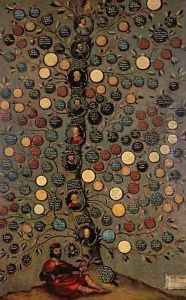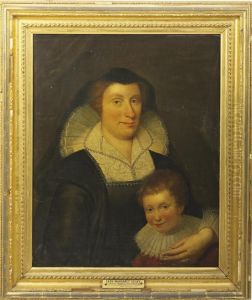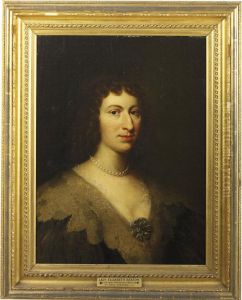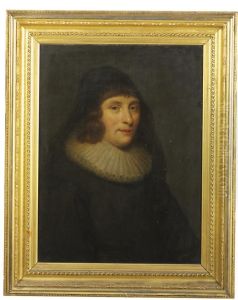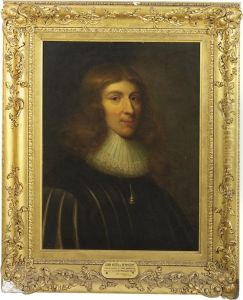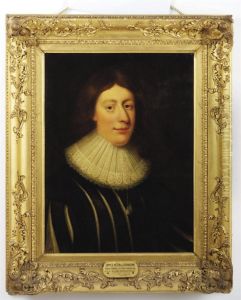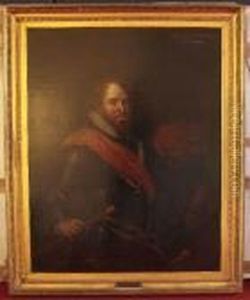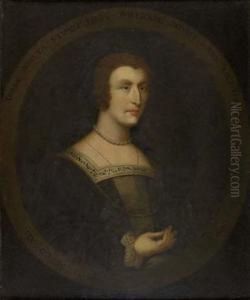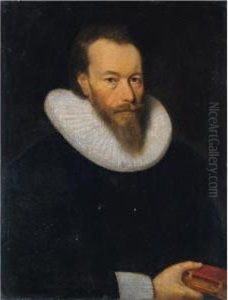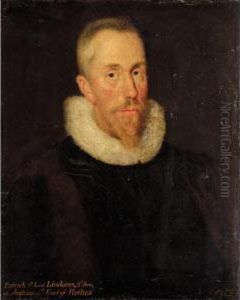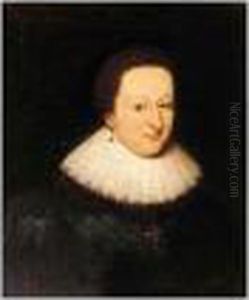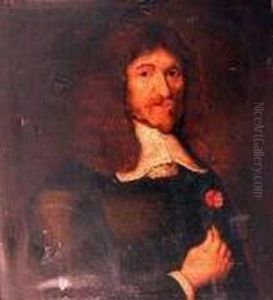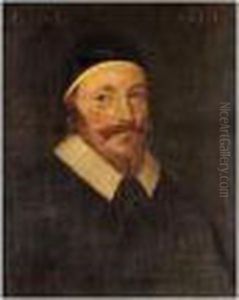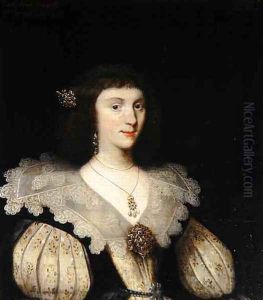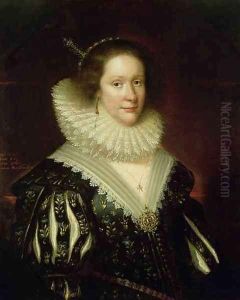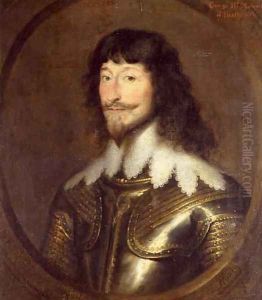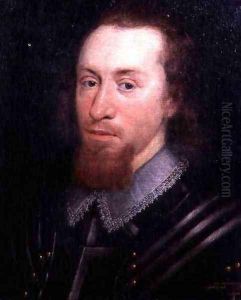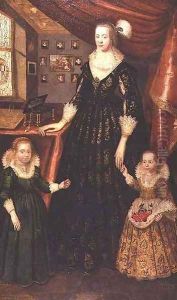George Jamesone Paintings
George Jamesone, also spelled Jameson, was a Scottish portrait painter who is often referred to as 'the Scottish Van Dyck.' He was born in Aberdeen around the year 1589 or 1590. His father, Andrew Jamesone, was a master builder and burgess of Aberdeen, which provided George with a comfortable upbringing.
Jamesone likely began his artistic training under a local Aberdeen artist, before travelling to the Netherlands to study under the guidance of the Flemish master, Peter Paul Rubens. This training had a significant influence on his style, which is evident in his adept use of color and composition, akin to the Flemish Baroque tradition.
After his time abroad, Jamesone returned to Scotland by 1620 and established himself as a successful portraitist among the nobility and gentry. His work was in high demand, and he traveled extensively throughout Scotland to fulfill commissions. He painted many of the leading figures of his day, including portraits of King James VI and I after his accession to the English throne.
In addition to his portraits, Jamesone's oeuvre includes a few historical and narrative paintings, although these are less well-known. His work is characterized by keen observation, careful detailing, and a rich color palette that has led to his recognition as one of the foremost portraitists working in Scotland during the early seventeenth century.
Jamesone got married to Isobel Tosche, with whom he had several children. His legacy continued through his daughter, who married the painter John Michael Wright, a notable artist in his own right who also became a court painter in England. George Jamesone died in Edinburgh in 1644, leaving behind a substantial body of work that provides a valuable insight into the faces and fashions of his time.
